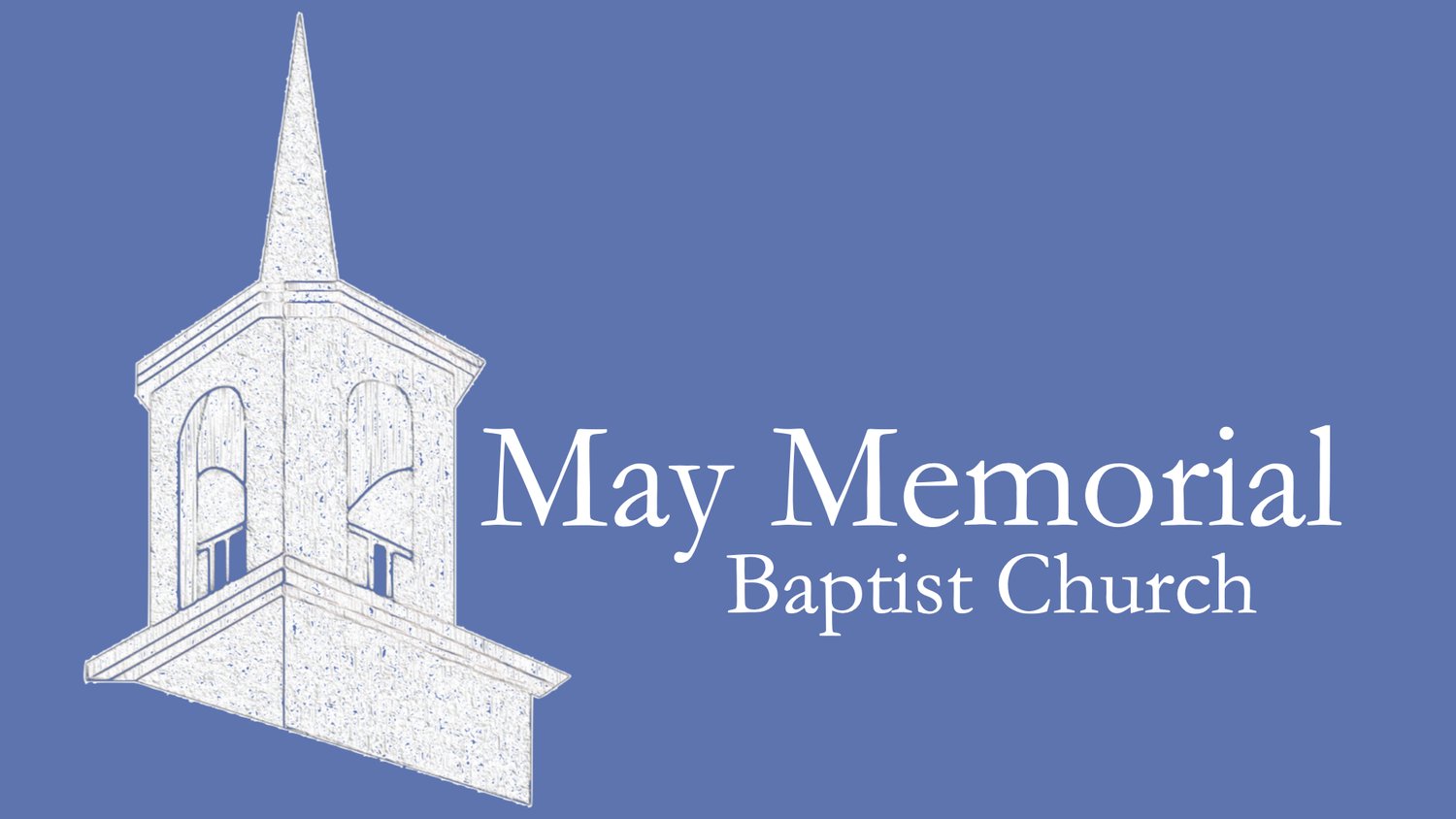I Refuse to Lead a Dying Church. This is the title of a book that I read in 2008, and the book deeply affected me then and I still remember parts of it today. It was reading this book that led me to call a group together at my church in NC where a conversation began through which God led us to start an additional (contemporary) worship service.
There is much I don’t like about that book, I didn’t then, and I still don’t. Mainly, I hate the title, maybe even the foundational idea, that “dying” is something to be avoided at all costs. We serve a Lord who willingly died, and it was in his dying that new life is resurrected. In baptism, we imitate the dying of Christ, and it is in that dying that we are raised to the “newness of life.” So, we are called to die, to ourselves, that we may live. So in some ways we should be dying. And, some things in church need to die. There are programs, traditions, and habits that have been limping along on life support for years that should die, and when they do we know that God will bring forth new life in ways we couldn’t even expect.
But one of the truths of the book I have never forgotten is the insistence that when a church looks at its balance sheet, at its assets and liabilities, that a church’s buildings should clearly be categorized as a liability, not an asset.
Everywhere you look there are churches who have buildings that are 50, 60, 100, 125 years old, and these huge aging buildings drain the church’s budgeted dollars and keep the church from using those dollars on ministry. We also live in a time in which owning and maintaining a building for meeting is less and less important. The ability and even preference to gather in public spaces, in people’s homes, and even online has lessened the importance owning and maintaining buildings.
For churches like ours, we have inherited large and aging buildings. They are expensive to maintain, and many churches like ours have faced the realization that in order to reach people with Jesus we must get out of our buildings, go into the community, and carry the good news of Jesus to those who will not come to where we are.
If you have read this far into this article you are probably expecting me to wrap this piece up with a twist that reassures that this issue is really as not as difficult as it seems. But I don’t have that. The best churches have figured out is to find good organizations who have worthwhile missions and share the space. This is what we are doing with the Coalition of Powhatan Churches. But we must understand that our core mission is not tied to brick and mortar. Discipleship, community, Christian formation, missions, love, holiness, evangelism, these are not tied to a building, but to a people who go forth in the community to accomplish that mission.
In John 1 we read that the Word Made Flesh went on the move, in fact the Living Word of God, Jesus Christ, moved to where we are that we may be brought closer to God. Jesus “tented” among us, not waiting for us to go to him. And we are a part of that same story as it continues in our community and world.
